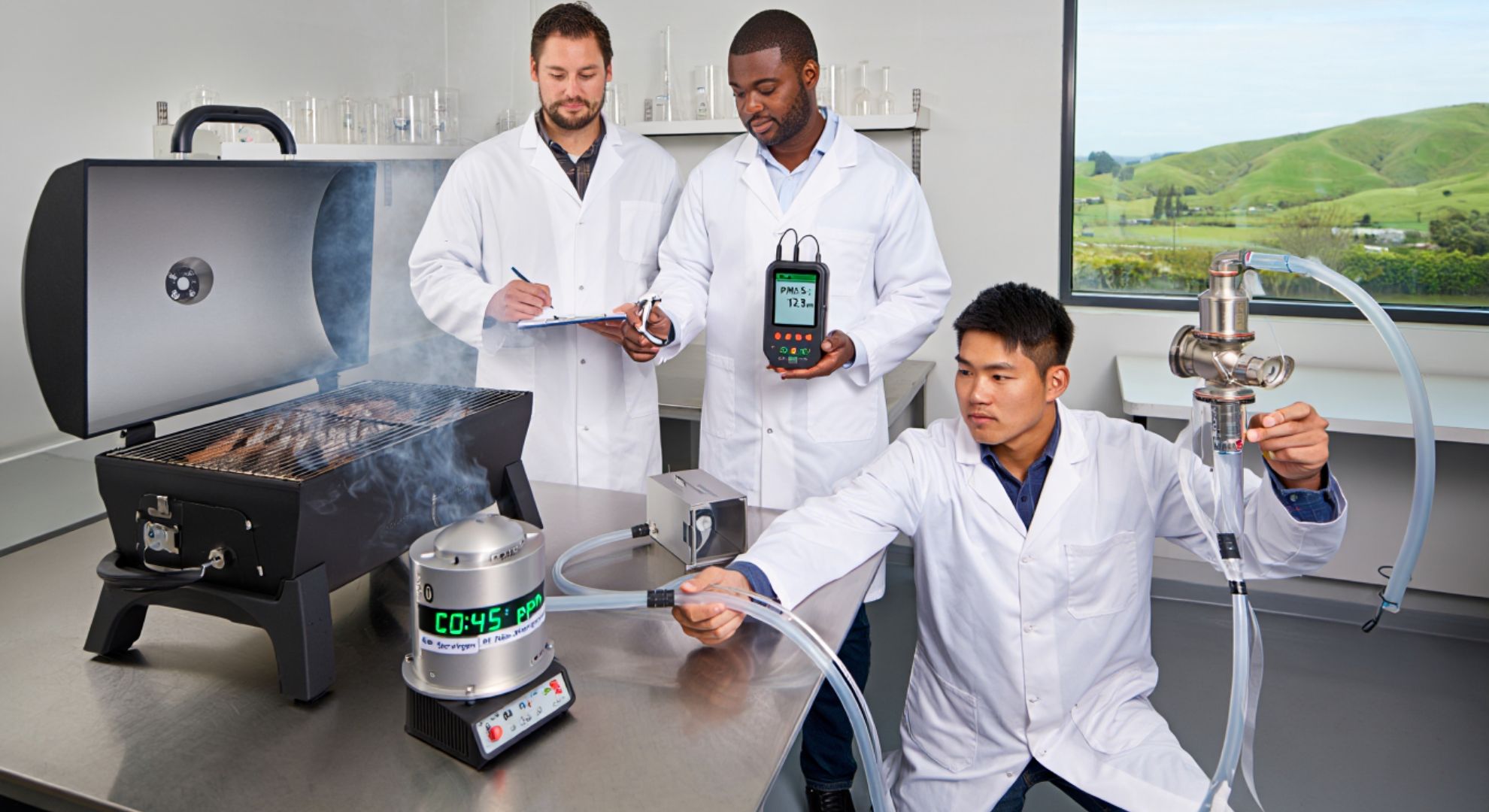New testing in Aotearoa has put the humble camping grill under a harsher spotlight. Over several weeks, researchers ran common portable models through controlled burn cycles, sampling the air in tents, vans, balconies, and open beaches. The bottom line felt stark: depending on fuel and setup, these units can release a mix of gases and particles linked to headaches, respiratory irritation, and potential long‑term harm.
What the lab found
Across multiple burns, the team measured spikes of carbon monoxide, ultrafine particles, and volatile organic compounds at levels that briefly exceeded typical outdoor backgrounds. Charcoal units, especially with starter fluids, produced the most smoke and particulate matter during the first 15 minutes of ignition. Butane stoves showed lower particles yet measurable NO2 and benzene around the burner at certain flame settings.
“We were surprised by how quickly concentrations rose in semi‑enclosed spaces,” one tester noted, adding that a zipped vestibule or parked van can turn into a “pocket of pollution” in minutes. Another researcher said the most variable readings came from cheaper briquettes with heavy binders, which appeared to drive sharp bursts of VOCs when first lit.
Why it matters
Portable grills are woven into New Zealand’s summer routines, from lakesides to apartment balconies. The devices feel small, but their emissions can become concentrated when wind is light or shelter is tight. Short‑term symptoms can include dizziness, coughing, and irritated eyes, while repeated exposure to certain compounds has been linked in literature to longer‑term respiratory risks.
None of this means you must abandon the sizzle. It does mean ventilation, fuel choice, and ignition practices matter more than advertising suggests. As one public health voice put it, “What you can’t see can still be there—especially with carbon monoxide and ultrafine particles.”
Comparing common portable grills
Below is a simplified snapshot from the testing and published literature, focusing on relative patterns rather than precise numbers.
| Fuel / Type | Key Emissions Detected | Relative Emission Level | Safer‑Use Note |
|---|---|---|---|
| Charcoal grill | Particles, CO, PAHs, formaldehyde | High at start; moderate later | Avoid lighter fluid; wait for white ash |
| Butane canister stove | NO2, CO, small benzene traces near burner | Low to moderate | Max ventilation; keep flame blue |
| Propane tabletop BBQ | NO2, CO, minimal particles | Low to moderate | Check leaks; cook outdoors only |
| Solid‑fuel tablets | Formaldehyde, particles, odors | Moderate, spiky | Shield from wind; avoid enclosed areas |
| Ethanol gel grill | Acetaldehyde, CO, less soot | Moderate | Use steady airflow; cap fuel securely |
Note: CO means carbon monoxide, NO2 means nitrogen dioxide. PAHs are polycyclic aromatic hydrocarbons.
The ignition effect
The dirtiest moments often come right after lighting. Starters soaked in petroleum kick off VOCs and fine ash. Even clean‑burning gas can briefly flare yellow, signaling incomplete combustion. Many users place food on at first flame, trapping residues in smoke that is both hot and dense.
A simple tweak—waiting for a stable, mostly blue flame or for charcoal to turn uniformly grey—reduced several peaks dramatically in the test runs. “Patience is a form of protection,” a technician quipped, noting that the best readings came from cooks who let the fire settle before adding food.
Health signals to watch
Because carbon monoxide is both odorless and dangerous, symptoms like headache, nausea, or unusual fatigue should prompt immediate fresh air. Asthma‑prone users may find start‑up smoke especially triggering, as ultrafine particles can aggravate sensitive airways. Children seated at grill height face higher exposure to concentrated plumes near the burner or bowl.
How to lower your exposure
One list, kept lean, can go a long way.
- Cook outside in moving air; skip garages, van interiors, tents, and closed porches. Choose gas over charcoal when air is still; avoid lighter fluids. Preheat until flames stabilize; keep the flame blue and pan bottoms clean and dry. Position your head out of the plume; step back during ignition and lid opening. Store fuel upright, check seals, and replace worn hoses. Consider a compact CO alarm if cooking near shelters or van doors.
What regulators and sellers can do
Retailers could include clearer ventilation warnings, ignition guidance, and simple exposure charts. Certification bodies might test emissions alongside thermal performance, rewarding designs with better combustion and safer ignition. Local councils could update signage where people cook on windy beaches or sheltered bays, emphasizing airflow and safe spacing.
Manufacturers, for their part, can reduce start‑up emissions with redesigned burners, steadier regulators, and clearer instructions that discourage over‑fueling. Swapping out high‑odor starters for low‑aromatic options would also cut the dirtiest first minutes.
What to watch this summer
If you love portable grilling, pick a setup that fits your space, plan for airflow, and resist the urge to rush the flame. The tests underscore a simple truth: small stoves are powerful combustion devices, and their byproducts behave like smoke—they need room to disperse, and a bit of patience to keep them in their safest range.
As one tester summed it up, “Good fire is controlled fire—and good food tastes better when the air around it is clean.”
